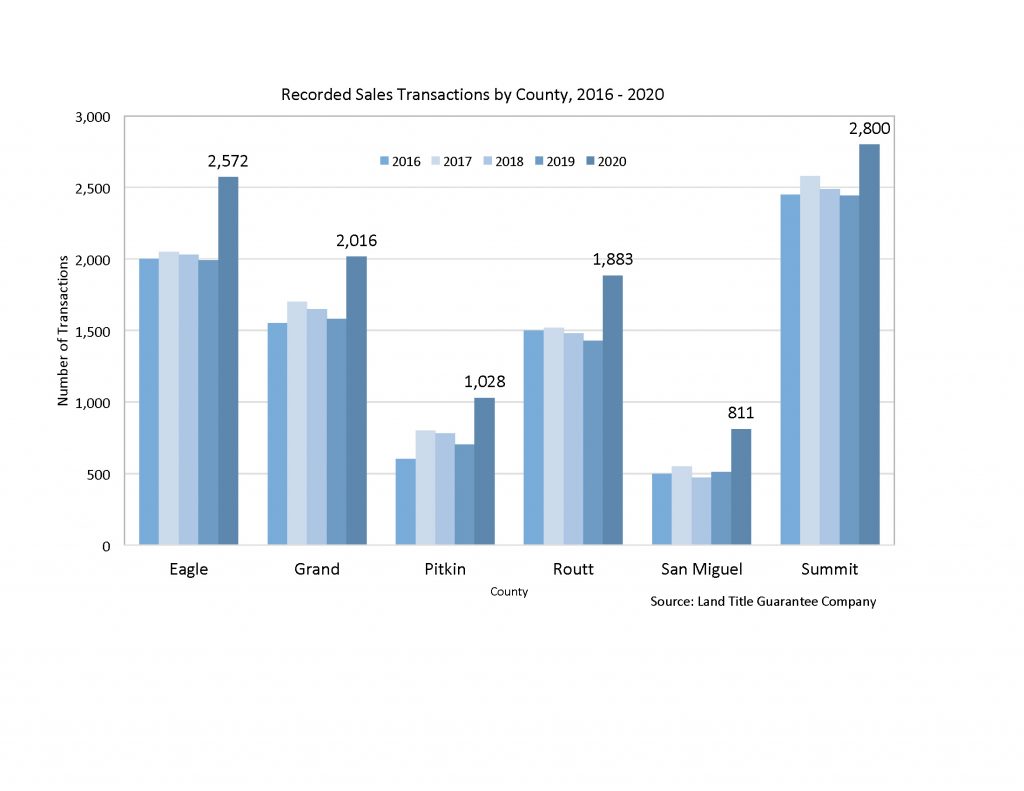Workforce housing still a critical issue for ski towns in 2021
Brought to you by the Vail Daily and the Insights Collective

Affordable worker housing remains a struggle in Vail
Vail has struggled with workforce housing since the original gondola rattled uphill in 1962. Now, with real estate booming and prices rising, town officials are working to ensure there are still places to live for those who work in town.
Greg Moffet has served on the Vail Town Council, and is a current member of the Eagle County Planning Commission and Vail Local Housing Authority board. Moffet said for too long developers and others have viewed remote locations as the supposed solutions to resort-town housing.
Moffet believes that isn’t the right solution. A workforce unit may be less expensive to build, but comes with follow-on costs where that resident works, Moffet said.
“In the long run, it’s less expensive” to build in or near Vail, Moffet said, especially if that building can be near the town’s transit system. “If it costs $200,000 more per key in Vail than in Wolcott, it’s probably still less expensive to (build in Vail),” he said.
Sustainable housing funding still elusive
But finding funding for housing is a tricky proposition. Vail Housing director George Ruther said the town between 2017 and 2027 has committed to spending roughly $4.3 million per year on deed restricted housing. That money comes largely from the town’s capital improvement budget.
That level of spending isn’t sustainable, Ruther acknowledged, adding that every dollar spent on housing from the capital budget is a dollar not used for other projects.
Ruther said the town is working on a survey of residents to see if there’s support for a possible permanent funding source. A 2019 survey found little support, and town officials declined to take a ballot issue to voters.
Moffet said it’s unlikely that housing becomes part of a federal infrastructure bill. Instead, he thinks a “modest” countywide property tax increase could be one solution to funding housing. But, he acknowledged that could be a “heavy lift.” A countywide effort a few years ago failed badly at the ballot box. And, Moffet noted, precinct by precinct results showed the measure fared worse the farther west from Vail the votes were counted.
The COVID-19 pandemic has been many things – pick your word – disruptive, unprecedented, extraordinary, a true black swan event. In several respects, the pandemic has also been an accelerant – creating additional pressure on already challenging issues related to tourism economics in mountain destinations.
The pandemic has certainly accelerated the stress on workforce housing, which was already a difficult problem with few easy solutions. Ultimately, an adequate supply of workforce housing is a community-wide issue that can have impacts on the visitor experience and the overall destination’s competitiveness.
Factors contributing to low workforce housing inventory
Indeed, residential real estate prices are up across the country; this surge is especially true in mountain communities across the U.S. Several factors have contributed to these increases – people moving to mountain communities from urban areas during the pandemic, traveler preference for short-term rentals over hotel rooms, second homeowners occupying their units for longer periods of time and the high level of interest in outdoor activities. Such patterns have added more strain to an already overburdened workforce housing supply in many popular vacation destinations.
Tom Foley, SVP of business analytics at Inntopia, sees a specific change that the pandemic wrought. “Home and condo usage by owners in mountain destination towns is up across the board, meaning that in some cases inventory that might otherwise be used for short- or long-term workforce housing is not available,” Foley said. “What’s not entirely clear yet is to what extent owner stays are [directly] impacting workforce housing.” To some degree, second homeowner usage and short-term rentals during the pandemic are complicating the workforce housing issue.

Support Local Journalism
Destination-wide issue
If a restaurant is understaffed or a hotel can’t get its rooms cleaned in time, the visitor experience may be negatively impacted, jeopardizing potential return trips. The lack of workforce housing, therefore, has a direct effect on a destination’s attractiveness. Carl Ribaudo, president of SMG Consulting, agrees. “The continued lack of affordable housing for residents and employees within the tourism industry limits the competitiveness of the destination. If you don’t have enough employees to provide services to visitors, how competitive can you be?”
Beyond the quality of the visitor experience and the competitiveness of the destination, sales and lodging tax collections can be suppressed. According to Dave Byrd, director of risk and regulatory affairs at National Ski Areas Association, “Without ample affordable housing, the entire community suffers – it impacts tax revenues significantly, businesses cannot fully operate, and impacts guest services across the board. Without affordable housing, all businesses will struggle to find workers.”
New tools needed
Many large employers have focused on offering staff housing for their employees. In particular, ski areas across the country frequently provide subsidized, seasonal housing to their staff. According to the NSAA Kottke End of Season Report, 59% of all U.S. ski areas have employee housing. In the Rocky Mountain region, an even greater 76% of ski areas offer employee housing, with an average of 165 staff housed per ski area in the winter of 2019-20. These beds are essential because without housing, a large employer like a ski area can’t operate effectively, with potential impacts like reduced lift operations, longer lines at food and beverage outlets and an overall lower level of customer service.
Many other smaller businesses in ski towns face the same challenges; hotels and restaurants need places for their employees to live, too. But these smaller businesses can’t always afford to provide housing by themselves. A community-wide, collaborative and creative approach is often necessary, as seen recently in Big Sky. The resort area in Montana has allocated $1.9 million of its 3% resort tax to the Big Sky Community Housing Trust to build affordable housing,
In Colorado, the Town of Breckenridge continues to fund affordable housing efforts. “In addition to building new deed-restricted housing for locals, the Town is very committed to programs that preserve some of that inventory, through Buy Down Programs and deed restriction acquisition programs,” said Laurie Best, senior planner at the Town of Breckenridge. “Locally, most businesses, including critical infrastructure, are increasingly challenged to recruit and retain the employees they need,” added Best.
Federal funding could prompt housing projects
Significantly, President Biden’s current infrastructure proposal includes major funding for affordable housing across the U.S., which could have a positive impact in mountain towns via direct funding for workforce housing projects in rural areas.
“Biden’s trillion-dollar infrastructure bill has some very encouraging proposals on workforce housing, and he is smartly targeting rural communities with grants for workforce housing,” observed Dave Byrd. Byrd went on to say, “While the bill’s details remain to be defined, the proposal is encouraging, and the ski industry will be pushing innovative public-private agreements and funding to create sustainable and affordable housing in and near ski communities.”
The challenge of workforce housing has been on the front burner in many mountain communities for quite a while, but the pandemic pushed the issue to a critical level. To remain competitive and to provide an exceptional visitor experience, workforce housing is essential. As destinations look to new tools and funding sources, taking a broad, community-wide approach to workforce housing is more of a priority now than ever before.
Insights Collective; a Tourism Economy Think Tank and Resource Center – is a collaboration of destination travel industry experts who are collaborating and working, together with mountain resort communities and their stakeholders, to understand, plan, and navigate through the emerging tourism marketplace. http://www.TheInsightsCollective.com / info@theinsightscollective.com










